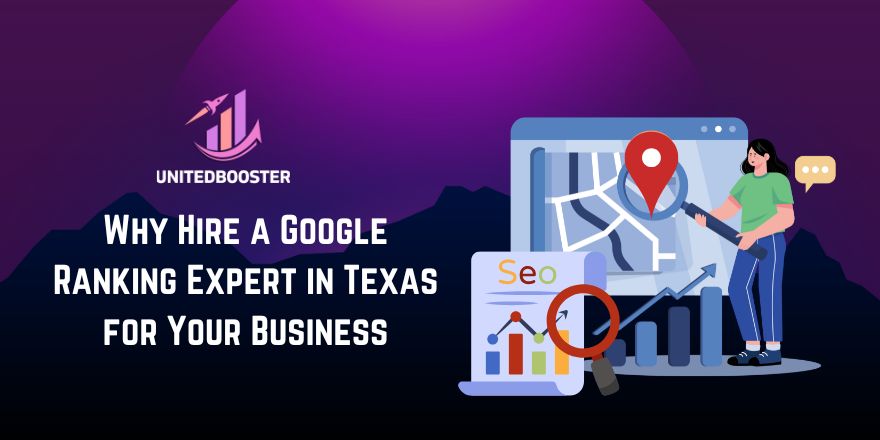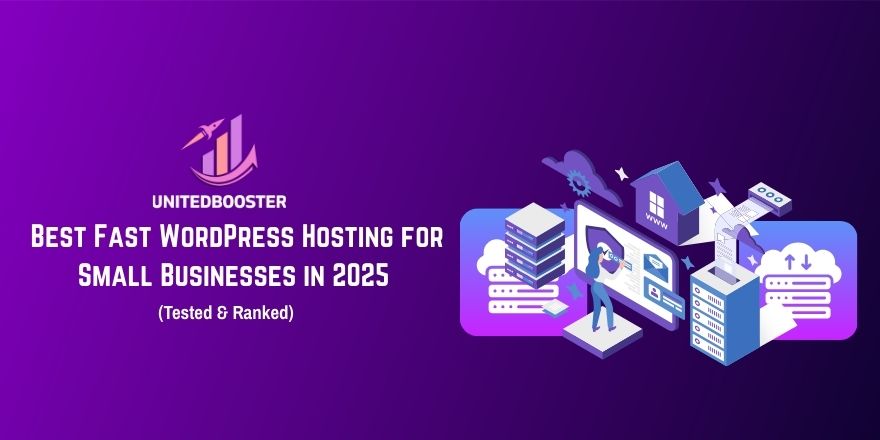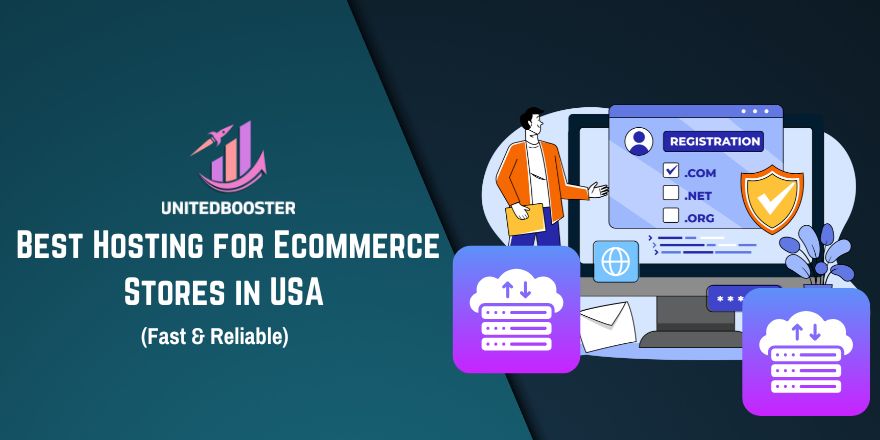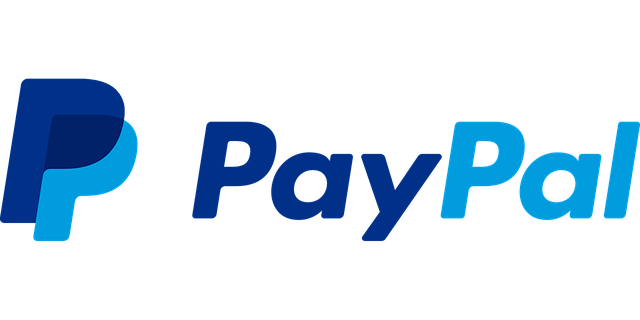Why Your Website Isn’t Ranking (And How to Fix It Without Pulling Your Hair Out)
Let’s be honest—seeing your website disappear from Google search results feels like losing your phone in the couch cushions. It was right there, and now… it’s gone. You try everything: click refresh, scream internally, maybe even offer a prayer to the SEO gods.
So what’s actually going on? If your site isn’t ranking, it’s because something (or several things) are broken, outdated, or simply ignored. The good news? Everything is fixable, and I’ll walk you through it without confusing you with weird jargon or techy buzzwords. Let’s fix this mess step-by-step.
First, Check If Your Site Is Even Indexed
Before we blame Google, let’s make sure your website even exists in its eyes. Type this into Google:
site:yourdomain.com
If no pages show up, Google doesn’t know your site exists. That’s like throwing a party and forgetting to send invites.
How to fix it:
- Open Google Search Console. If you haven’t added your site, do it now.
- Check the Coverage tab to see what’s blocked.
- Submit your sitemap (yoursite.com/sitemap.xml).
- Ensure your pages aren’t marked with noindex tags.
- Check your robots.txt file isn’t blocking access.
Sometimes, your pages are marked noindex by mistake (yup, that one innocent-looking line in the code can ruin everything). Also, make sure your robots.txt file isn’t telling Google to stay out like an angry bouncer at a nightclub.
You can also check whether your important pages are being crawled by using the URL Inspection tool in Search Console. If it says the page isn’t indexed and there’s no good reason, you’ve found a problem to fix.
If your website is newly launched or recently updated, remember that indexing might take time. Be patient but proactive—keep publishing, linking, and submitting your content to Google.
Your Site Is Slower Than a Sloth on Vacation
Speed matters. People leave if your site takes forever to load—and Google knows it. If you’ve ever waited more than 5 seconds for a page to load, you probably left too. Everyone does.
Here’s what slows your site down:
- Massive images (do you really need a 12MB selfie on your homepage?)
- Poor hosting
- Too many plugins
- Bloated code
Fix it fast:
- Compress your images (use tools like TinyPNG or ShortPixel)
- Switch to better hosting (shared hosting is often the culprit)
- Remove plugins you don’t need (especially the sketchy ones)
- Use lazy loading for images and videos
Test your site speed with PageSpeed Insights or GTmetrix. If they cry when analyzing your site, it’s time for cleanup.
Also, enable browser caching and use a CDN like Cloudflare. These tools help reduce load times and give your site a boost.
Boost your website’s SEO by using optimized images and creating eye-catching visuals through professional graphic design that enhance user experience and brand identity.
Website speed also affects mobile rankings. With mobile-first indexing, slow mobile pages get penalized. So optimize your mobile version with the same care (or more) than desktop.
Is Your Content Just Okay? Let’s Make It Better
Search engines love fresh, useful content. If your pages are filled with old news, weak information, or worse—copied text—Google won’t bother ranking you.
Content problems look like this:
- Thin pages (less than 300 words)
- No clear keyword focus
- Outdated info from the dinosaur era
- Keyword stuffing (yes, we notice when you write “best plumber Dubai” 17 times in 3 lines)
How to fix it:
- Pick a clear keyword for each page
- Write like you’re helping a friend, not impressing a robot
- Use headings, bullet points, short sentences
- Add value—answer actual questions your users have
Need ideas? Look at the “People also ask” box in Google. It’s like free homework.
Update your old articles with better formatting, more examples, and current stats. Add internal links to related content. Keep readers on your site longer, and Google will notice.
Use free keyword research tools to find low-competition terms. Then create pages that genuinely help people solve problems. That’s the secret sauce—if people like it, Google usually does too.
Content freshness is another underrated factor. Even a simple update—like adding a paragraph, image, or recent statistic—can boost rankings. Don’t let your content rot.
You’ve Got Technical Issues (Don’t Worry, I’ll Keep It Simple)
Technical SEO sounds scary, but most of it is basic stuff. If your site structure is confusing or broken, Google’s bots give up and leave. That’s like walking into a mall with no map and every store is behind a locked door.
Common issues:
- Broken links
- Missing or duplicate title tags and meta descriptions
- Redirect loops
- Mobile-friendliness issues
Easy fix tips:
- Use a tool like Screaming Frog or Ahrefs Site Audit to scan your site
- Make sure every page has a unique title and meta description
- Fix broken links (404 errors are the enemy)
- Your site must work well on mobile. No pinching or zooming allowed
Check your site’s structured data using Google’s Rich Results Test. Proper schema markup can help your pages stand out in search results with star ratings, FAQs, and more.
Also, double-check your SSL certificate. A secure site (with HTTPS) is now a ranking factor. No one wants to see that scary “Not Secure” message.
Proper internal linking is another technical element often overlooked. Every page should be reachable within a few clicks. Group your content by topic clusters and link related articles.
Get complete website essentials including Website Domain & Hosting, registration, and a free SSL certificate to ensure a secure and professional online presence.
You Don’t Have Any (Good) Backlinks
Links from other websites tell Google, “Hey, this site is trustworthy.” If you have zero links or only links from shady, spammy places, your rankings will stay in the SEO basement.
Good links come from:
- Blogs and media sites in your niche
- Guest posting on legit websites
- People sharing your stuff because it’s actually helpful
Avoid this:
- Buying 500 links for $10 (yes, that Fiverr offer is a trap)
- Getting links from weird directories no one uses
Better option:
- Create useful guides, tools, or tutorials that people want to share
- Reach out to bloggers or small publishers
- Be active in your niche (forums, social media, Reddit)
Use tools like Ahrefs or Moz to check your current backlink profile. Look for toxic links and disavow them if needed. Focus on building connections, not just links.
Even one solid link from a trusted site can move the needle. It’s not about quantity. It’s about who’s linking to you and why.
Also, use internal linking wisely. Every backlink you build should support the right page. Link equity should flow through your site like clean water in a plumbing system.
You’re Not Updating Anything
Websites aren’t crockpots—you can’t “set it and forget it.” SEO changes constantly. If you haven’t touched your site since 2019, Google probably thinks it’s abandoned.
How to stay current:
- Update your old articles with new info every few months
- Remove broken links and outdated references
- Add new blog posts or content regularly
- Keep checking Google Search Console for new issues
Even small updates can help. Refresh your titles. Replace dead links. Add new internal links.
Search engines love websites that look alive and well. If your site’s frozen in time, it’ll stay buried.
Set reminders to do a quarterly content review. Update your top-performing posts first. Re-promote them after editing. It’s easier to improve what’s already ranking than to start from scratch.
You’re Targeting the Wrong Keywords
Sometimes your site isn’t ranking because you’re trying to fight giants. If you’re a small local bakery trying to rank for “best dessert recipes,” you’re up against Food Network. That won’t end well.
What to do instead:
- Use long-tail keywords like “gluten-free brownies recipe for kids” or “affordable birthday cakes in Salmiya”
- Target local search terms if you serve a specific area
- Answer super specific questions your audience is asking
Tools like Ubersuggest, LowFruits, or Keyword Chef can help you find low-competition keywords. Go after the ones you can actually win.
Also, look at what your competitors are ranking for. What pages of theirs are doing well? Can you create something better? Not longer, just more useful.
Remember: If you write for people, not search engines, you’ll naturally find your way up the rankings.
Another trick? Use Google Search Console’s performance tab to see which keywords you’re already appearing for—then optimize those pages more. You might be closer to the top than you think.
If you’re targeting the wrong keywords, it’s time to shift focus—reach the right audience by targeting high-converting search terms through our expert Seo management services.
Final Thoughts (Not “In Conclusion” — Because You Told Me Not To)
If your website’s ranking is broken, don’t panic. It’s not cursed. It’s just a mix of tech, content, and structure that needs attention. Fix what’s wrong one piece at a time.
Make a checklist. Tackle one thing every day. Even small improvements add up. Your site didn’t fall overnight, and it won’t recover overnight either—but it will recover.
And hey, next time your site jumps 10 spots up, give yourself a high five. You earned it.
Need help? Ask. There’s no shame in getting a second pair of eyes on your SEO mess. Even the best of us mess up robots.txt sometimes.
Discover how to rank higher on Google with practical, real-world strategies that actually deliver results — no fluff, just proven SEO tactics.
FAQS
Why did my website suddenly drop in Google rankings?
Ugh, yeah — that sinking feeling when your site drops for no clear reason. Been there. A few things could be going on: maybe Google rolled out an update (they love surprises), your site got slower, some important links disappeared, or your content just isn’t hitting like it used to. First move? Jump into Google Search Console. It’s like your SEO dashboard — it usually tells you what’s up.
How long does it take to fix ranking issues?
Honestly? It depends. If it’s just a few tech tweaks or missing tags, you might see changes in a couple of weeks. But if we’re talking deeper stuff — like weak content or needing backlinks — give it a few months. SEO’s kind of like going to the gym: consistency beats quick fixes.
My content is good, so why isn’t it ranking?
Here’s the thing — “good” doesn’t always cut it. Is it the right content for what people are actually searching for? Are you using keywords real people type into Google? Are your headers, meta tags, and page structure making sense? And don’t forget backlinks — Google’s like, “Cool blog post… but who’s vouching for you?”
How do I even know if there’s something wrong with my site?
If your site’s not ranking and you have no idea why, tools like Google Search Console or even a free SEO audit tool are your best friends. They’ll tell you if you’ve got crawl issues, slow-loading pages, duplicate content, or broken links. Basically, they’re the mechanic for your website.
Is updating old content really worth it?
Absolutely. Think of it like giving your old blog posts a little makeover. Dust them off, update the info, throw in better keywords, maybe rework the intro so it actually hooks people. Google loves fresh, useful content — and sometimes, a little polish is all it takes to bump you back up the ranks.









